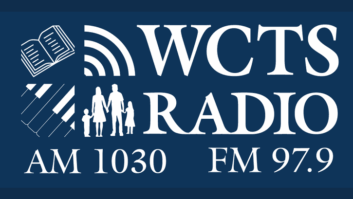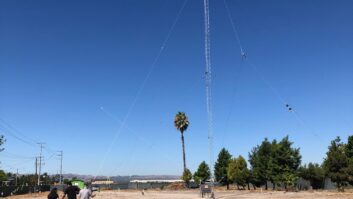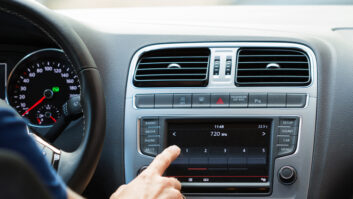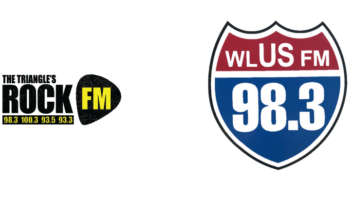I’ve had the task of building several translator stations over the past few years. As a good engineer should, I share my mistakes with others so they may avoid the same pitfalls.
I have worked with stacked vertical dipoles, folded dipoles, Yagis, narrow- and wide-band circular and even the high-gain, 3/4-wave verticals.
After years of experience, I wanted to share an expensive incident. For my translator in South Bend, Ind., we selected a crossed dipole, circularly polarized two-bay system. Pretty typical. We purchased from a well-known distributer.
After a year on the air, one day we found ourselves dead in the water. The transmitter said “major fault” and shut down with a VSWR indication of 4 to 1.
We’d had a moderate storm the night before, so I assumed the antenna was damaged. I keep a set of Canon 18×50 image-stabilized binoculars in my car. It will allow you to inspect an antenna that’s 250 feet up like it was on the ground.
Right away I could see the problem. One of the Gamma feed ribbons had broken from the dipole arm. In a stroke of good luck, a tower crew was working a nearby job, and they agreed to come by.
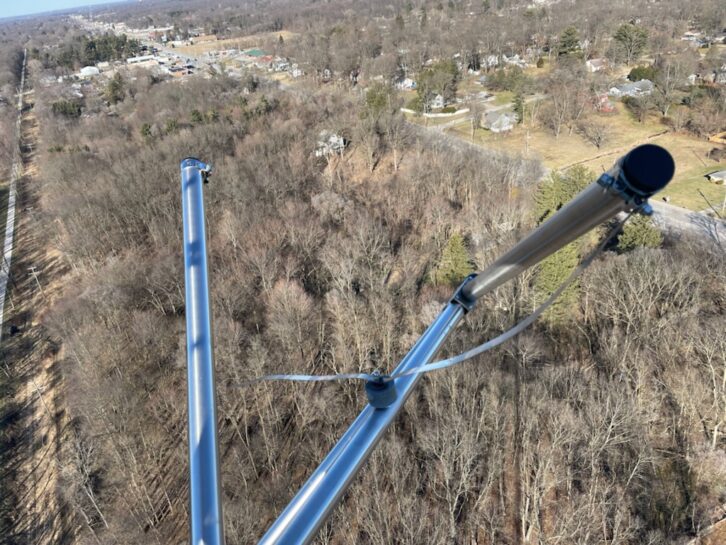
For only a few hundred dollars they went up reattached the ribbon and we were back on. When I talked to the manufacturer about it, I was told that we must not have tightened the connection properly when we installed it because the ribbons, they said, “never” come out like that.
Although I thought we’d done a good job, maybe we could have tightened it a bit more, so I accepted that.
Eight months later my phone lit up. The translator was not reaching its normal service area. A look at the transmitter via remote confirmed that it had folded back to 38 watts and was shutting down altogether for several seconds at a time.
At dawn I arrived — after an 80-mile drive — and pulled out my super binoculars. Sure enough, one end of the ribbon feed line was disconnected and blowing around in the wind.
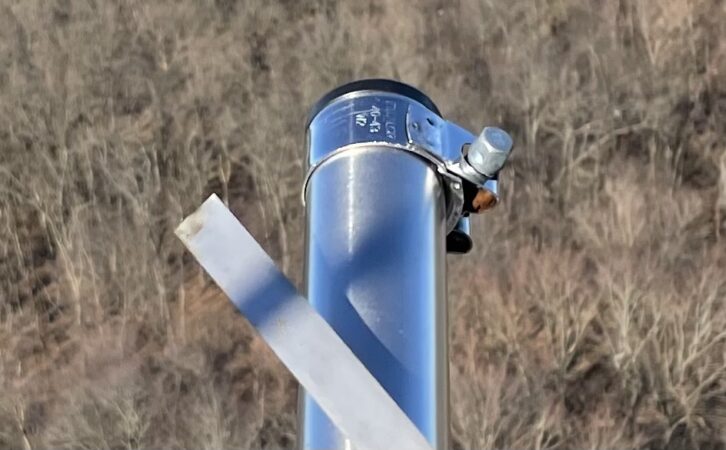
This time I had to call a crew that could only get there two days later at a cost of almost $2,000 to go up and make repairs.
Before they arrived, I purchased heavy duty ribbons to take up and attach. Replacing the ribbons took all of 20 minutes once the rigger was up there. The photos he took clearly show the problem, and upon close examination we see that the ribbon had not pulled out, it simply suffered from bending fatigue and broke near the mount.
We replaced the ribbons with a much heavier 14-gauge stock, and I am hopeful that takes care of the problem.
So an antenna that cost $600 ended up costing us close to three grand in climbing cost to repair two Gamma feed failures. In hindsight we should have paid the 40-dollar upgrade fee to have the original antenna shipped with the heavier Gamma strap. And if I get another one I surely will.
But this caused me to take a close look at durability issues with antennas. When you’re in the market, take a close look at how the antenna is built. Does it use thin ribbon for the Gamma feed? Some companies use tubular Gamma feeds that are a bit more robust.
If you do not need broadband performance, consider using a narrow-band circular antenna. You’ll have fewer issues with the Gamma straps, but the downside is critical tuning. In very hostile high-wind environments, straightforward vertical dipoles are nearly indestructible, and that might outweigh any perceived advantages of circular.
And while we are at it, I recommend that you stay away from aluminum. Stainless steel is highly preferred. Some of the really big companies use brass!
If your antenna is on a big tower, consider what it costs to have emergency service for a mechanical failure. You might want to make the larger investment in one of the big-name antennas. They may cost more but they’re built like battleships and last for decades.
And if you want a further suggestion from an old-timer, stay away from N connectors on translator antennas, if that is an option.
We once had a rigger install an antenna and cross-thread the N connection, which destroyed the socket and rendered the antenna useless. We now only use 7/16 DIN connections with “Superflex” jumpers.
If the antenna does not have a 7/16 option, carefully install a flexible jumper on the ground with an N connection on the antenna end and 7/16 DIN to mate to the feedline or divider. Even an all-thumbs rigger should be able to screw a 7/16 DIN connection together with little chance of damage!
Bottom line: Tower crews can have you over a barrel in an emergency. More bucks paid for a quality name-brand antenna with a heavy-duty construction that can take wind, rain and ice is a wise investment. One climb to replace a bad feed can easily cost several times the original price of the antenna. How does that phrase go? “Pay me now or pay me more later!”
